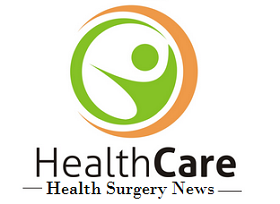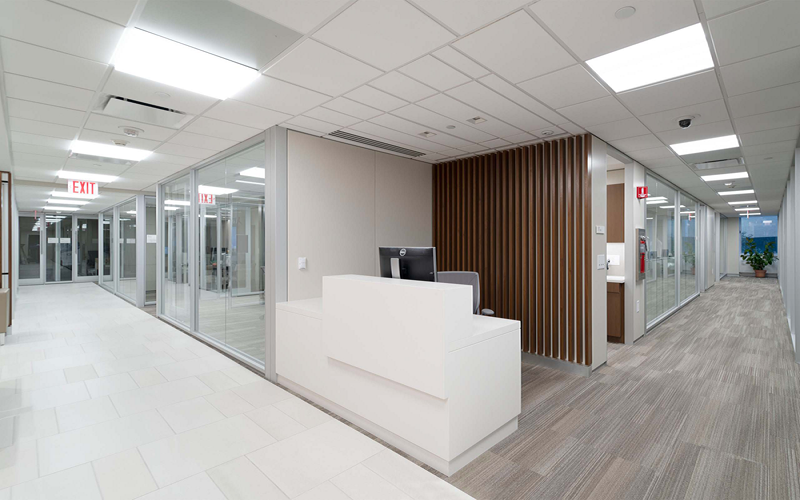The nurses station – an often bustling hub in the labyrinth of modern healthcare facilities, where nurses gather, chart, collaborate, and coordinate patient care. It’s the central nervous system of any hospital or clinic, where the intricate dance of healthcare delivery unfolds. Yet, its significance often remains overlooked in the grand narrative of healthcare.
Evolution of the Nurses Station
To truly appreciate the significance of the nurses station, one must trace its evolution through the annals of medical history. Once a simple desk tucked away in a corner, the nurses station has metamorphosed into a sophisticated command centre, equipped with cutting-edge technology and resources. Gone are the days of manual charting and paper-based communication; today, electronic health records (EHRs) reign supreme, seamlessly integrating patient data and facilitating real-time collaboration among healthcare providers.
Furthermore, the physical layout and design of the nurses station have undergone significant transformations. From open, centralized spaces conducive to collaboration, to decentralised workstations strategically positioned near patient units, healthcare institutions have experimented with various configurations to optimize workflow efficiency and enhance patient care delivery.
The Multifaceted Role of the Nurses Station
At its core, the nurses station serves as the epicentre of communication, coordination, and decision-making in healthcare settings. It is where nurses receive patient assignments, consult with physicians, update medical records, and relay critical information to interdisciplinary teams. Beyond these fundamental functions, the nurses station fulfils a myriad of roles that are indispensable to the smooth functioning of healthcare operations:
- Information Hub: The nurses station serves as a repository of vital information, housing patient charts, medical records, and diagnostic reports. It is where nurses access essential data to make informed decisions about patient care, from medication administration to treatment plans.
- Communication Nexus: Effective communication lies at the heart of quality healthcare delivery, and the nurses station serves as the central hub for interprofessional communication. Nurses use various communication channels, including phone systems, messaging platforms, and electronic documentation, to collaborate with physicians, pharmacists, therapists, and other members of the healthcare team.
- Surveillance Center: In an era of heightened patient safety concerns, the nurses station doubles as a surveillance centre, where nurses monitor vital signs, alarms, and patient conditions in real-time. Advanced monitoring systems and alarm algorithms alert nurses to potential issues, allowing for prompt intervention and proactive management of patient care.
- Resource Allocation: From medical supplies to staffing resources, the nurses station plays a pivotal role in resource allocation within healthcare facilities. Nurses manage inventory levels, requisition supplies, and coordinate staffing assignments to ensure adequate coverage and optimal utilization of resources.
- Patient Advocacy: Beyond the clinical realm, the nurses station serves as a platform for patient advocacy and support. Nurses advocate for patient needs, preferences, and rights, serving as liaisons between patients and the broader healthcare system. They provide education, guidance, and emotional support to patients and their families, fostering a therapeutic environment conducive to healing and well-being.
Challenges and Innovations
Despite its indispensable role, the nurses station is not without its challenges. The relentless pace of modern healthcare, coupled with the complexities of patient care, can place immense strain on nurses and impede their ability to perform effectively. Burnout, communication breakdowns, and workflow inefficiencies are common pitfalls that healthcare institutions must address to optimize the function of the nurses station.
However, amidst these challenges, innovative solutions are emerging to revolutionize the role of the nurses station and enhance its effectiveness. Technology, in particular, is driving significant advancements in healthcare delivery, empowering nurses with tools and resources to streamline workflows, improve communication, and enhance patient outcomes. From mobile applications that enable remote monitoring and telehealth consultations to artificial intelligence algorithms that predict patient deterioration and optimize resource allocation, the possibilities for innovation are boundless.
Moreover, the concept of the nurses station itself is evolving in response to changing healthcare paradigms. With the rise of patient-centred care models and the emphasis on care continuity and collaboration, nurses are increasingly transcending the confines of traditional stationary workstations and embracing mobility and flexibility in their practice. Mobile workstations, wearable devices, and telemedicine platforms are enabling nurses to deliver care at the point of need, whether at the bedside, in the community, or remotely.
The Centre of Modern Healthcare Delivery
The nurses station represents far more than a mere physical space within healthcare facilities; it is the nerve centre of modern healthcare delivery. From its humble origins to its current incarnation as a technologically advanced command centre, the nurses station has evolved in tandem with the ever-changing landscape of healthcare. Its multifaceted role encompasses communication, coordination, surveillance, resource management, and patient advocacy, making it indispensable to the provision of quality patient care.
As healthcare continues to evolve, so too will the nurses station, adapting to meet the needs of patients, providers, and healthcare systems. By embracing innovation, fostering collaboration, and prioritizing the well-being of nurses, healthcare institutions can ensure that the nurses station remains a beacon of excellence in the ever-expanding universe of modern healthcare.




